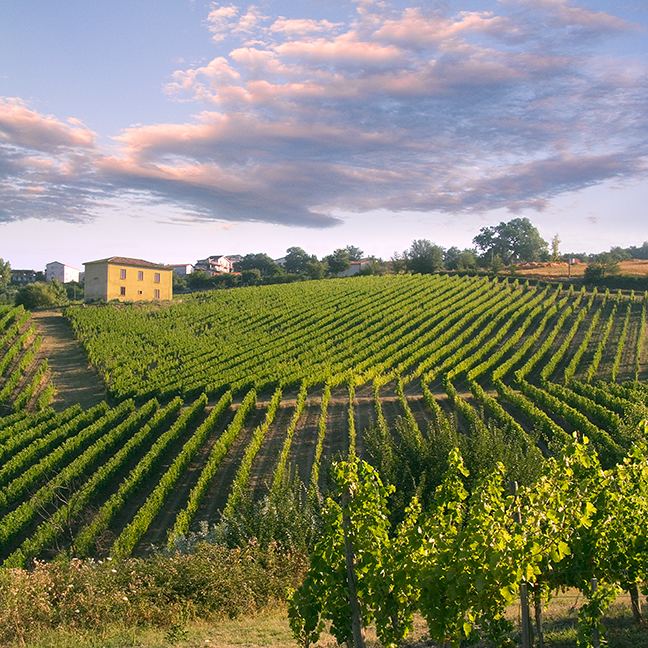Elevation 384 m (1,260 ft) Time zone CET (UTC+1) Area 14 km² Postal code 83030 | Province / Metropolitan city Avellino (AV) Demonym(s) Taurasini Dialing code 0827 Local time Monday 2:11 PM Dialling code 0827 | |
 | ||
Weather 12°C, Wind N at 23 km/h, 65% Humidity | ||
Taurasi is a town and municipality in the province of Avellino, Campania, Italy. In antiquity it was a town in Samnium. The town's name probably derives from the Latin Taurus. Over time it changed from Taurasos to Taurasia(not to be confused with the Taurasia founded in northern Italy by the Taurini, which is now called Turin) before changing to its current form. Taurasi is best known for its increasingly famous red wine also named Taurasi, made of Aglianico grapes along with Piedirosso and Barbera grapes.
Contents
Map of 83030 Taurasi, Province of Avellino, Italy
Wines
The town was centred on by an Longobard castle which was enlarged by the Normans. Taurasi is a centre of production of the red wine Taurasi DOCG. It is a full-bodied dry wine with an aromatic vein. The wine must be aged for three years, of which one must be in chestnut or oak casks. In the three succeeding years, the wine can be tasted in the fullness of its quality and is particularly good as an accompaniment to roasted red meats.
The variety of grapes it is made from, Aglianico, is believed to have been introduced by Hellenic peoples around the time of the foundation of Cumae. It is found in virtually the whole of southern Italy but the wines produced from it are considerably different, depending on the places where the vines grow. However, Campania is clearly one of its best habitats. Aglianico has a medium-sized cluster of grapes which is cylindrical-conical in shape.
Main sights
La Porta Maggiore (Main Gate). It was built by the Lombards if the seventh century of Roman ruins which were discovered during restoration works in 1997.It is the main point of entry for the historical centre. In the past it was the passageway through the city walls.
Palazzo Baronale. It is called castle by the locals. It was the pivot of local live for centuries. Its origins date back to Roman times, but is has a renaissance style. It has a grand hall which used to be a court of justice, a chapel and a hall of arms.
Chiesa dell’Immacolata. This is a church which was completed in 1590. It is thought that it is an extension of the church of San Cataldo, which dates back to the seventh century. It also had the crypt of the Confraternita dell'Immacolata Concezione, which hosts the body of Saint Benigno the martyr since 1804.
